Transcription of Japan’s Energy White Paper 2017 - Minister of …
1 japan s Energy White Paper 2017 japan s Energy Landscape and Key Policy MeasuresFukushima Reconstruction ProgressPART 1 Energy System Reform and Bolstering Industry CompetitivenessNew Developments in Energy Policy PART 2 PART 3 Contaminated Water ManagementIn September 2013, the Japanese government established basic policy measures to prevent further contamination from water used for cooling the nuclear reactor and groundwater flowing into the reactor building. These preventive and multi-layered countermeasures are based on three basic principles: 1) isolate groundwater from the contamination source; 2) prevent contaminated water leakage; and 3) remove contaminated DecommissioningIn early 2017 , remote-controlled cameras and robots captured direct readings inside the primary containment vessels of Unit 1 and Unit 2.
2 The devices recorded large amounts of data, including images and radiation dosage levels, marking a major step toward decommissioning. The Japanese government continues to support the development of the technology necessary for decommissioning while bringing together innovative solutions from inside and outside japan . 2 Care for Earthquake Disaster Victims As of spring 2017 , all area restrictions and evacuation orders* were removed except for the towns of Okuma and Futaba.* Habitation Restricted Areas and Preparation Areas for Lift of Evacuation Order3 Impermeable walls of frozen soil (land side)Measures such as pumping groundwater from wells and frozen soil walls underground walls of ice that block the flow of groundwater have helped reduce the volume of water flowing into station buildings from around 400 m3/day to around 120 m3/day as of March Reconstruction ProgressReconstruction in Fukushima is steadily progressing.
3 In 2011, the Great East japan Earthquake and ensuing accident at TEPCO s Fukushima Daiichi Nuclear Power Station marked a turning point for japan s overall Energy policy. Despite some hurdles and delays, decommissioning and contaminated water management at the station are advancing in accordance with the Mid-and-Long-Term Roadmap toward the Decommissioning of TEPCO s Fukushima Daiichi Nuclear Power Station. 1 PARTC onceptual drawing of the frozen soil wallProgress at each unitAreas to which evacuation orders have been issued (Apr 1, 2017 )Municipalities where evacuation orders were liftedGroundwater flows into the buildings are prevented by using ice walls created by freezing soil in the ground around the ductsImpermeable steel wall (sea side)
4 A 780-meter-long wall of 30-meter-tall steel pipes was constructed on the sea side of Units 1 through 4, which has been gradually improving the water quality in the surrounding sea of additional water tanks Water tanks for storing treated water are being systematically installed to ensure adequate storage walls along the coast have significantly limited the flow of radioactive materials into the sea. METI has confirmed significant improvements in port water quality since installation. Preventing LeakageMulti-nuclide removal equipment (ALPS) continuously purifies contaminated water generated daily.
5 Treatment of all contaminated water in the station trenches was completed in December 2015, marking a significant reduction in of the building cover completed (November 2016)Unit1 Dismantling of the building coverNumber of fuel assemblies: 392 Began installation of a platform to access the top floor of the building (September 2016)Unit2 Installation of a working platformNumber of fuel assemblies: 615 Began installation of fuel removal equipment (November 2016)Unit3 Performance test following assembly of fuel removal equipmentNumber of fuel assemblies.
6 566 Removal of all fuel completed (December 2014)Unit4 Removing fuel from the SFPT amura CityApril 1, 2014 Kawauchi VillageNaraha TownKatsurao VillageMinamisoma CityIitate VillageKawamata TownNamie TownTomioka TownSeptember 5, 2015 June 12, 2016 July 12, 2016 March 31, 2017 *March 31, 2017 **March 31, 2017 **April 1, 2017 **October 1, 2014 June 14, 2016 Decided by the Nuclear Emergency Response Headquarters on June 17, 2016 (*), on October 28, 2016 (**) and on March 10, 2017 (**)LegendArea 1: Preparation Areas for Lift of Evacuation OrderArea 2: Habitation Restricted AreasArea 3: Areas where Returning is Difficult Area 1: Preparation Areas for Lift of Evacuation Order Area 2.
7 Habitation Restricted AreasMunicipalitiesDate of the lifting of the evacuation order21 State of japan s Energy and Principal MeasuresJapan s Energy White Paper 2017 Contaminated Water ManagementIn September 2013, the Japanese government established basic policy measures to prevent further contamination from water used for cooling the nuclear reactor and groundwater flowing into the reactor building. These preventive and multi-layered countermeasures are based on three basic principles: 1) isolate groundwater from the contamination source; 2) prevent contaminated water leakage; and 3) remove contaminated DecommissioningIn early 2017 , remote-controlled cameras and robots captured direct readings inside the primary containment vessels of Unit 1 and Unit 2.
8 The devices recorded large amounts of data, including images and radiation dosage levels, marking a major step toward decommissioning. The Japanese government continues to support the development of the technology necessary for decommissioning while bringing together innovative solutions from inside and outside japan . 2 Care for Earthquake Disaster Victims As of spring 2017 , all area restrictions and evacuation orders* were removed except for the towns of Okuma and Futaba.* Habitation Restricted Areas and Preparation Areas for Lift of Evacuation Order3 Impermeable walls of frozen soil (land side)Measures such as pumping groundwater from wells and frozen soil walls underground walls of ice that block the flow of groundwater have helped reduce the volume of water flowing into station buildings from around 400 m3/day to around 120 m3/day as of March Reconstruction ProgressReconstruction in Fukushima is steadily progressing.
9 In 2011, the Great East japan Earthquake and ensuing accident at TEPCO s Fukushima Daiichi Nuclear Power Station marked a turning point for japan s overall Energy policy. Despite some hurdles and delays, decommissioning and contaminated water management at the station are advancing in accordance with the Mid-and-Long-Term Roadmap toward the Decommissioning of TEPCO s Fukushima Daiichi Nuclear Power Station. 1 PARTC onceptual drawing of the frozen soil wallProgress at each unitAreas to which evacuation orders have been issued (Apr 1, 2017 )Municipalities where evacuation orders were liftedGroundwater flows into the buildings are prevented by using ice walls created by freezing soil in the ground around the ductsImpermeable steel wall (sea side)
10 A 780-meter-long wall of 30-meter-tall steel pipes was constructed on the sea side of Units 1 through 4, which has been gradually improving the water quality in the surrounding sea of additional water tanks Water tanks for storing treated water are being systematically installed to ensure adequate storage walls along the coast have significantly limited the flow of radioactive materials into the sea. METI has confirmed significant improvements in port water quality since installation. Preventing LeakageMulti-nuclide removal equipment (ALPS) continuously purifies contaminated water generated daily.
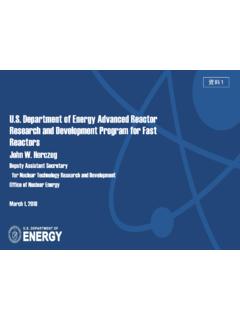
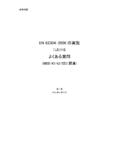
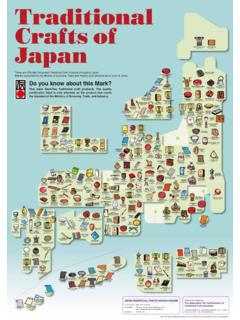
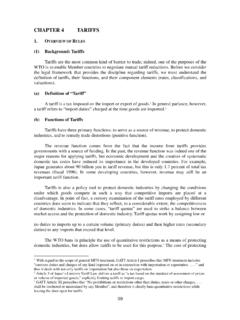
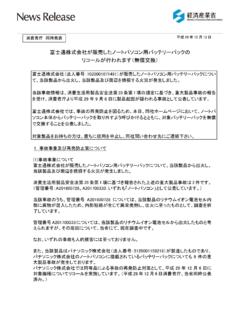
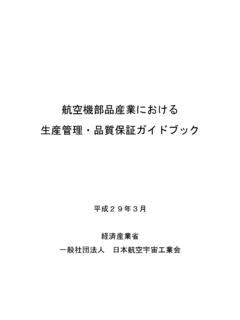

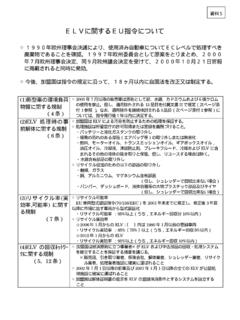
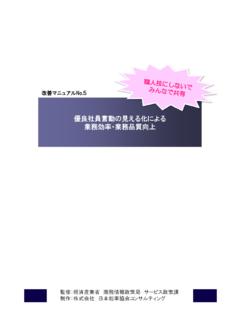
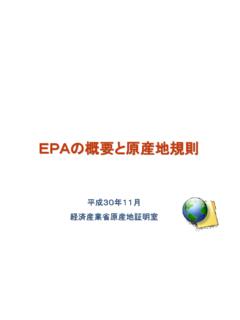
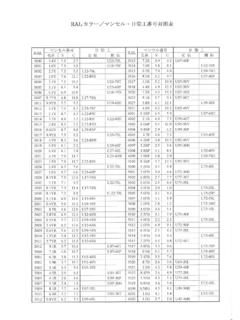
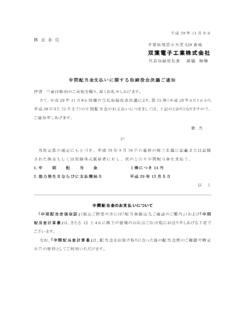


![16 17 [更新済み] - rc.futaba.co.jp](/cache/preview/8/2/3/b/c/f/c/9/thumb-823bcfc918a16dc7b35fba2fbc474782.jpg)



